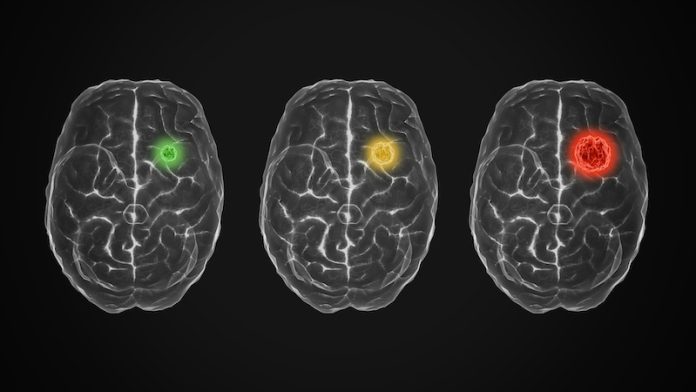
Scientists from the University of California, Irvine have discovered a surprising new reason for small brain bleeds, also known as cerebral microbleeds. This finding could change how doctors understand and treat certain brain problems, especially in older adults.
For a long time, many believed that these tiny brain bleeds were only caused by damaged or weakened blood vessels. But the new study, published in the Journal of Neuroinflammation, shows that the problem may start with the red blood cells themselves — particularly older or damaged ones.
Red blood cells are important because they carry oxygen throughout the body, including to the brain. But as these cells get older or suffer damage, they don’t work as well.
In this study, the scientists created damaged red blood cells by exposing them to a chemical that causes stress inside the cells, mimicking the effects of aging. They marked these cells with a special glowing label so they could be tracked inside the body.
When these marked red blood cells were injected into mice, the researchers watched what happened next. They noticed that the damaged cells often got stuck in tiny blood vessels in the brain, called capillaries. This is a problem because capillaries are like narrow passageways that help deliver blood to every part of the brain. If red blood cells clog them, it can cause trouble.
Even more surprising, the researchers saw that the brain’s immune cells — called microglia — began to attack and clean up the stuck red blood cells. While this sounds like a normal cleaning process, it actually led to small brain bleeds in the mice. This shows that the interaction between damaged red blood cells and brain capillaries — not just broken blood vessels — may be a cause of these tiny hemorrhages.
This new discovery matters because cerebral microbleeds are linked to serious health problems, such as high blood pressure, Alzheimer’s disease, and stroke. These tiny bleeds can affect memory, thinking, and brain function.
Until now, doctors mostly looked at blood vessels as the main cause. But this research shows that the red blood cells themselves might play a big role.
Dr. Mark Fisher, one of the lead researchers, said this finding could change how we think about brain hemorrhages and might help create better treatments in the future. The team now plans to study how the brain removes these damaged blood cells and how this process might be connected to other types of stroke or brain injury.
This research is a step forward in understanding how the aging brain works and how to protect it. As people live longer, conditions like stroke and dementia become more common. Knowing more about what causes tiny brain bleeds could help doctors prevent or slow down some of these problems.
If you’re interested in keeping your brain healthy, other studies also show that eating a Mediterranean diet and adding foods like wild blueberries to your meals may help protect the heart and brain. There’s also new research on how better treatments can reduce heart attacks and strokes over time, especially for people with heart rhythm problems.
You can find the full study in the Journal of Neuroinflammation, and it may lead to new ways to keep our brains healthier as we age.
If you care about stroke, please read studies about how to eat to prevent stroke, and diets high in flavonoids could help reduce stroke risk.
For more health information, please see recent studies about how Mediterranean diet could protect your brain health, and wild blueberries can benefit your heart and brain.
Copyright © 2025 Knowridge Science Report. All rights reserved.



